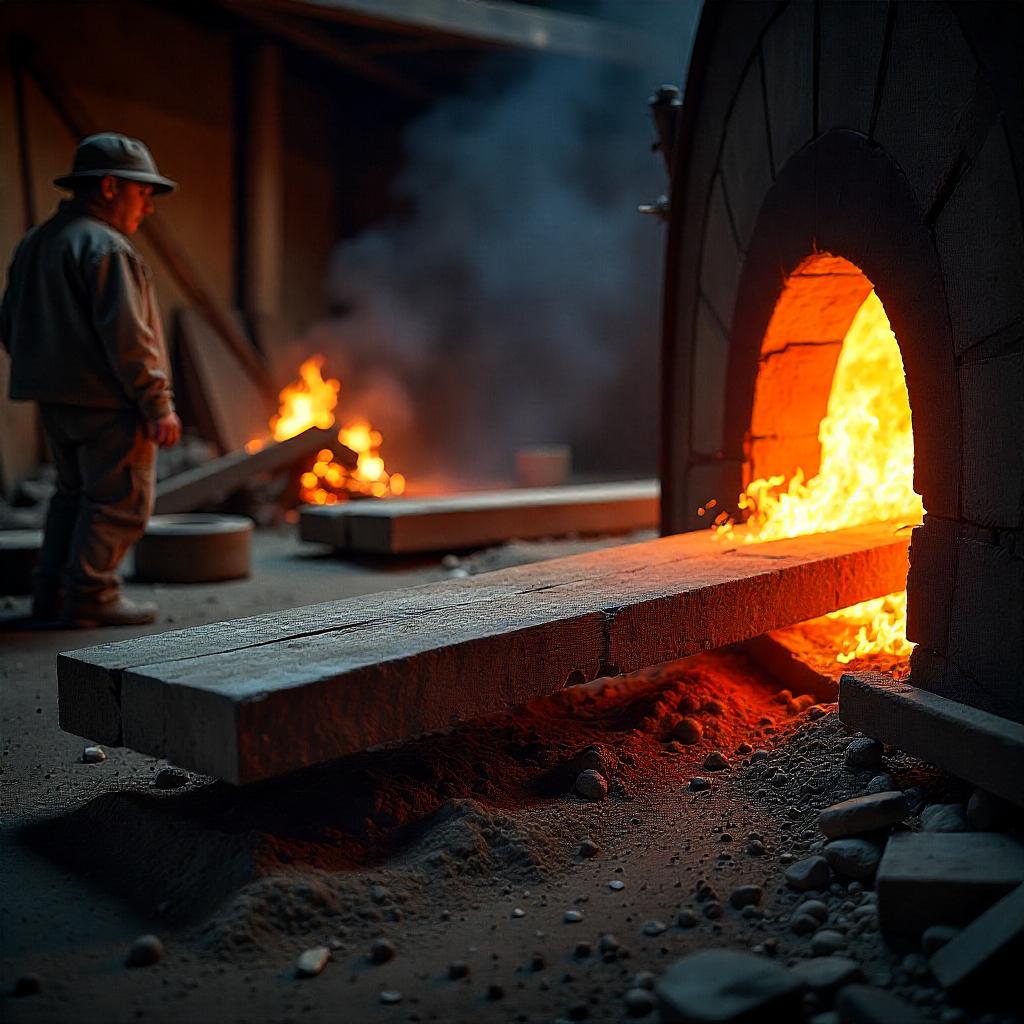Wood beetles, also known as wood-boring beetles, can silently destroy furniture, flooring, beams, and other wooden structures. Their larvae tunnel deep inside the wood, weakening it over time and often going unnoticed until serious damage is done. For homeowners, restorers, and antique collectors, eliminating these pests without harmful fumes or chemicals is a top priority. Fortunately, there are effective, non-toxic methods available that don’t rely on dangerous substances or produce lingering odors.
One of the most efficient fume-free solutions is microwave heat treatment. This method uses focused microwave energy to generate internal heat within the infested wood. Wood beetle larvae, which contain moisture, absorb this energy more intensely than the dry wood around them. The result is a rise in internal temperature that kills the larvae and eggs without affecting the structure or finish of the wood. Since the process is localized and doesn’t release any fumes, it’s ideal for indoor settings and sensitive environments like bedrooms, libraries, or museums.Visit Online shashel for More details.
Another excellent option is freezing treatment, especially for smaller wooden items. Wood beetles cannot survive in extreme cold for extended periods. By placing the infested piece in a commercial freezer for several days, you can eliminate beetles at all life stages. This method is completely natural, leaves no residue, and is safe for antique wood. However, it’s important to let the item return to room temperature slowly to prevent cracking due to sudden changes in humidity or temperature.
Heat chambers offer another fumeless approach. This process involves placing infested items into a specially designed heat chamber where temperatures are gradually raised to a level that kills wood beetles without damaging the wood. The slow, even heating ensures that the entire piece reaches the lethal temperature for the insects without creating stress in the wood. This method is commonly used by professionals treating high-value or historical furniture and is completely chemical-free.
If the infestation is minimal or localized, vacuum and oxygen-deprivation treatments can also be effective. These involve sealing the wood in an airtight enclosure and removing oxygen or replacing it with inert gas. The low-oxygen environment suffocates the insects without introducing harmful substances. This method is slow but safe, especially for delicate or irreplaceable items.
For preventative care or minor infestations, using natural deterrents can help. Essential oils such as neem, clove, and cedar have insect-repelling properties and can be applied to the surface of wood. While they are not guaranteed to kill deep infestations, they may help deter adult beetles from laying eggs on treated wood. These oils do not emit dangerous fumes and are generally safe for indoor use when properly diluted.
Regular inspection and moisture control also play a key role in beetle prevention. Wood beetles thrive in moist environments, so keeping humidity low, especially in basements, attics, and storage areas, can make your home less inviting to them. Using a dehumidifier and storing wooden items in dry, well-ventilated spaces will help reduce the risk of infestation.
In summary, the best way to kill wood beetles without fumes involves modern, heat-based or environmental control techniques rather than chemicals. Microwave treatment, freezing, and heat chambers provide thorough, non-toxic extermination that preserves the quality of your wood. For those who want to protect their furniture, flooring, or antiques in a safe and eco-friendly way, these fume-free methods offer peace of mind and powerful results.





